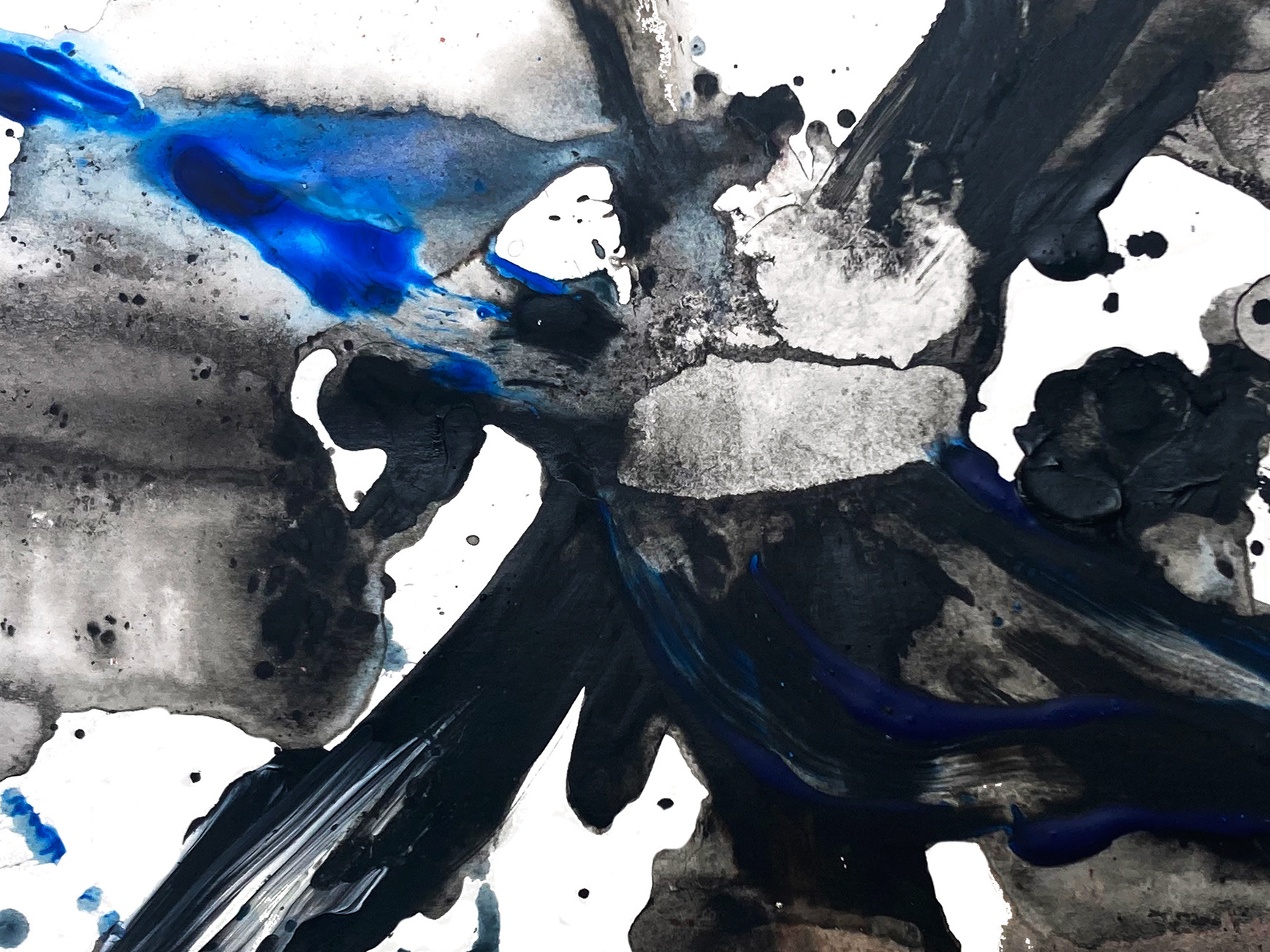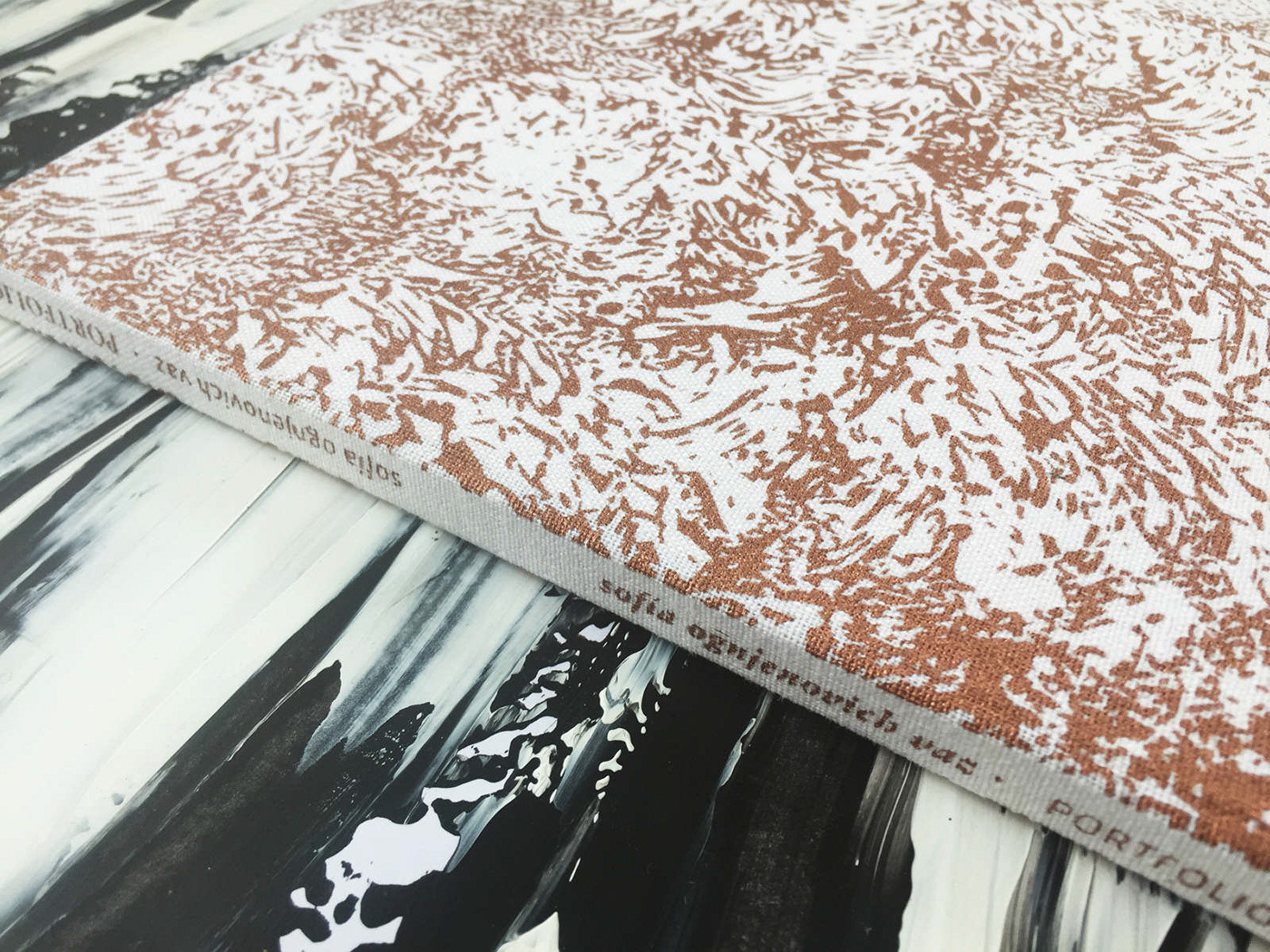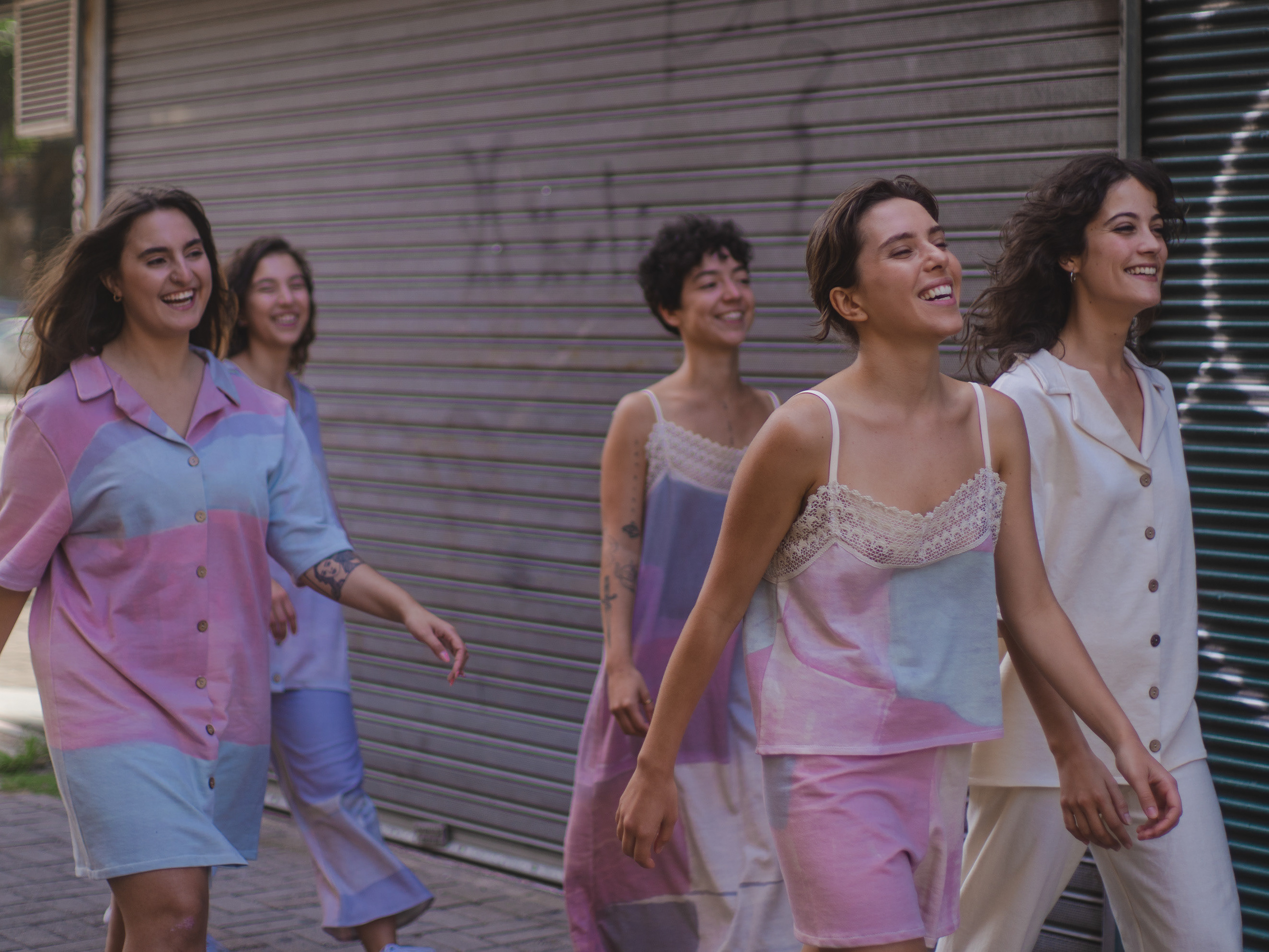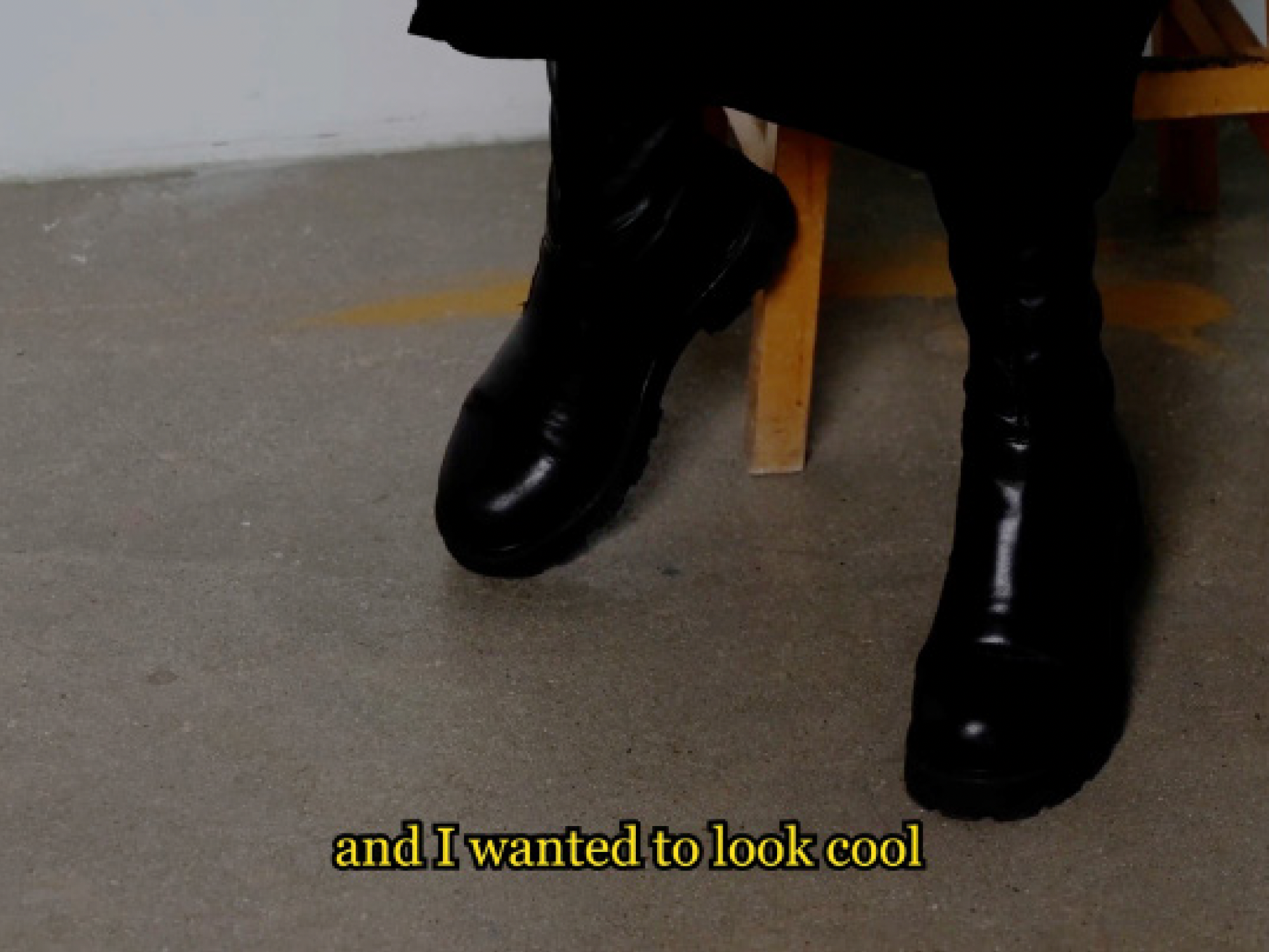Textile work, wearable art, research.
Framework of my ongoing research on wearable art, transitional objects and relational objects and aesthetics.
Lygia Clark (1920 - 1988).
She was originally a psychologist. The object of art was not an instance to be shown in exhibition space, but something that had to do with the body and the audience. She made gestures and relational objects a core aspect of her poetic and work. I am interested in her interest in the otherness.
She was interested in the organic, in oppeness for breathing and allowed the fictional and representational aspects of painting to enter the real space in which the spectator and the work cohabitated. She was working without frames, thinking about organic space as one that does not visualize representation, but a living surface: the fictional and the metaphor of painting were left behind so that the artist could act directly on the canvas as a material object, a thing. She moved away from the pictorial space of the canvas in order to create movement and “make the spectator part of the piece”. Her work became more and more performative, it was related with a body to body encounter in which the spectator became the center of a multi sensorial experience that rejected the dichotomy of the subject and the object in the artistic experience.
She began developing devices, pieces of clothing, PVC tubes, plastic bags, plastic blankets, little stones, shells that would interact with the spectator bodies in a way lead by her that would create experiences on the spectator body, sensitize the
skin, make the person feel the weigh of things, and other stimuli that were looking to take them on a therapeutic journey of healing through contact with the art space.
She played with the emptiness inhabiting in the subconscious and nourish the
working and reactive experience of the memory of the body of her spectators.
She problematized the field of relations and communication zones, relational aesthetic, then created free spaces, voids and gaps that allowed the spectator’s affective world to circulate. That work was a kind of “social sculpture” or “organic
painting” that she called “self structuration”. Objects used in these experiences acquired a supraaesthethic dimension, as she considered the experiences therapeutical practices.
Art for her was closer to life as a way of living, of being resilient in an uncertain historical context, adrift, and immerse in lack of communication in spite of the multiplication of technologies and communication forms. Her prepositions question
the way in which the world can be inhabited (to act), not about how to represent an idea.
“As participation makes the separation between subject and object to disappear, it is necessary that we absorb inside of us that relation subject-object, to verify the spiritual void without the apparent meaning that surrounds us. In this apparent void,
people have difficulty to perceive the new field that is offered to him as a benefit, because that new field is not incorporated to his sense of life yet. New is fragile, it means that the static value are not actualized. We have the act now, the moment,
that is trascended in the meaning of the pure act. Is from the spiritual void that the new meaning would emerge: all possible options, all latent, potential expressiveness are registered in it” Lygia Clark 1965









